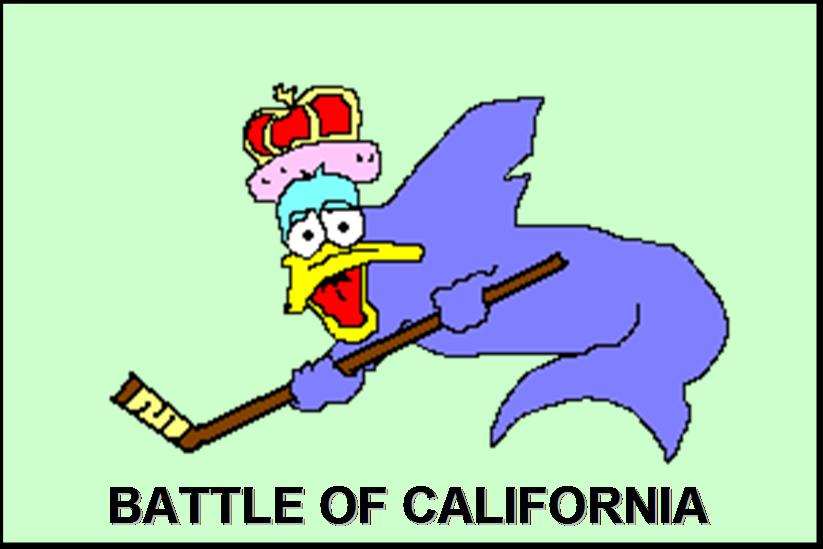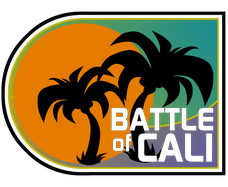Earl answers his mail: Forward Lines, a year-to-year comparison
Sleek,I'm a sucker for flattery, and yeah, I do have been keeping some spreadsheets for this sort of question, so without further ado, let's take a look at the forward lines for Anaheim, this year compared to last year. In a lazy move, I'm just using screen captures of Excel tables; hopefully they are all legible.
The Ducks play so far has me frustrated. And you seem like the guy to help explain the frustration. I'm curious about ES TOI this year versus last year for the Duck's containment line. As yourself, I'm a huge fan of Pahlsson, but it seems like that line is getting more ES TOI this year. Could just be my imagination.
However, if it's true, then it might explain some of the drop off in scoring. And also point to a coaching phylosophy that needs to change. The Ducks need to dictate play, rather than react (by over-using the containment line).
Keep up the great work on the blog.
Jeremy
For the Ducks, it really makes sense to compare forwards by their on-ice responsibility, because I think context matters a great deal in Carlyle's strategy. The Ducks play a top scoring line against the opposition's top defenders, a stopper line against the opposition's top scorers, and a sheltered line that for the most part doesn't carry either responsibility. The tables below are meant to reflect that, and show each line's even-strength minutes per game, even-strength points per 60 minutes, and even-strength goal-differential per 60 minutes. I'll try to indicate numbers that stand out to me after each table.
The Top Line:

The Stopper Line:

The Shelter Line:

A quick look at special teams:

As for the penalty kill, the top pairing of Pahlsson and Rob Niedermayer seem to be as effective as last year, but the secondary unit of Marchant and Moen has seen a steep drop-off in goal prevention.
Conclusions:
I think this analysis has been useful in seeing which minutes, in particular, seem to be preventing the Ducks from experiencing success similar to last year's. The problems that I can see are that the shelter line isn't finding a way to outscore soft competition, the top line is allowing more goals-against, and the stopper line could score some more goals. However, on an overall level I can't say that overplaying the Pahlsson line looks to be the Ducks' problem--that line, at least, has differential rates similar enough to last year.
Really, though, the Ducks' problem isn't really one that's explained through the forward minutes, I think. Certainly there are effects that come from personnel changes, but I think what's causing the dropoff more is the lack of a second Norris defenseman; last year these lines either had the benefit of usually a Pronger or a Niedermayer on their blueline, but nowadays Pronger minutes can only be distributed so far (usually in a defensive setting, as nobody else is really trustworthy).

The Ducks' movie theme thus far.
I have no idea what sort of team the Ducks would become if or when Scott Niedermayer rejoins the team, but I gotta think that a lot of these issues could be compensated by a blueline that's better at retrieving the puck and creating offense through transition. In that regard, TSN's Bob McKenzie has fantastic news for Ducks fans; Scott may be returning to the roster very soon.
If that happens, I'll gladly re-run these numbers after several games to see what effect another Norris defender has on the forward minutes. I'm not sure it can get back to last year's numbers, but I'll be happy for any improvement to what's become a rather mediocre team. In the meantime, I'll probably throw another post up pretty soon to show the defenseman minutes, where the Ducks' year-to-year dropoff will probably be more apparent.
Thanks for the question, Jeremy. As always, Go Ducks.









9 comments:
bye bye schiender or andy mac
Yeah, this is the list of people I think might be on the move, along with possibly Marchant. If I had my choice, Schneider is the guy to go--he's paid way too much for a third blueliner.
Still, I could go any way on this. If Burke wants the best top-to-bottom blueline in NHL history, I could go for that too.
not sure how to fix it...this feels like the rangers (years back) to a small degree....we have players (mcdonald, tuzzi, marchant,pronger to an extent, frankie) who on paper and in past history should be adequate enough to be alot better...not as good as last year but a whole lot better...but are just not producing up to there capabilities..
whos to blame? the players for giving up? coaching..not pushing the right buttons? burke didnt figure in character or chemistry?
I dunno...man Im so lost and pissed off
im busy again tonite...so I dont get to watch us get steamrolled by a streaking buffalo squad....
whos to blame? the players for giving up? coaching..not pushing the right buttons? burke didnt figure in character or chemistry?
I blame a lot of the struggles on the players and the way they react to being up by a goal or down by a goal (neither response is very good).
It seems very very easy for teams to turn a one-goal deficit back to a tie game, and it seems even easier for them to turn a one-goal lead into a two-goal lead (and lately, a four-goal lead).
Certainly the offseason acquisitions haven't been too helpful, so Burke and Carlyle get some blame there, but as you say there are many good components on the team that should be yielding stronger results.
My least favorite explanation is the term "hangover", because it's a cause that is cited without any real meaning. (The team should be winning but it isn't? Let's call it "hangover").
There is a mindset problem on the Ducks, but I think it has less to do with last year and more to do with lack of scoring leadership.
I'll be happy when it's over, though. Life generally sucks when your hockey team is inept.
1. * Detroit 27 40
2. * Dallas 28 34
3. * Minnesota 26 32
4. St. Louis 25 31
5. San Jose 25 30
6. Vancouver 26 30
7. Chicago 26 30
8. Colorado 26 29
9. Columbus 27 29
10. Nashville 25 28
11. Anaheim 28 28
12. Edmonton 28 27
13. Calgary 28 26
14. Phoenix 25 22
15. Los Angeles 26 22
this is my favorite stat
i love how anaheim has played 28 games so far...and teams ahead of us still have games in hand...that makes me want to jump on a bike with no seat
Actually, I'm not hugely concerned with games-in-hand yet. It is a concern, but it has been since London and won't become really tangible until the end of the year.
The Ducks' next nine games (after tonight) are against teams ahead of them on your list--if they play well then most of the GP-discrepancy can become irrelevant, and if they play poorly then it probably becomes irrelevant as well.
The pressing question is about making the Ducks into a winning team again; the optics of games-in-hand is pretty a pretty small problem by comparison.
IMO Beauchemin's falloff has been the killer to the fortune's of the Ducks.
Schneider is playing well, but doesn't play much on the PK.
For what it's worth, Beauchemin has better even-strength differential stats than Pronger, O'Donnell, or Hnidy, though the first two players obviously are playing tougher minutes.
But "Beauchemin's falloff" is another way of saying "Niedermayer's absence", so I think we're along the same lines of thinking, anyway.
Beauchemin, a few weeks ago, had poor numbers across the board (bad PK, bad PP, bad ES differential)... but Pronger has fallen back to Earth (is he really human after all?) in the past few games (thanks to my Oil) so it's just Pronger with elite-like PP + PK numbers.
It's kind of strange--I'm a huge believer in numbers dictating things, but to my eye I've felt that Frenchie without Scotty has played better than Andy Mac without Teemu.
Still, he's managing to bleed goals-against, so maybe my eyes are off on that. I have noticed moments when Frenchie won't chase pucks into the corners and I suspect that he is waiting for his defense partner to fly across the ice to do the job (Scott left him with unrealistic d-partner expectations), but those are fairly infrequent.
Post a Comment